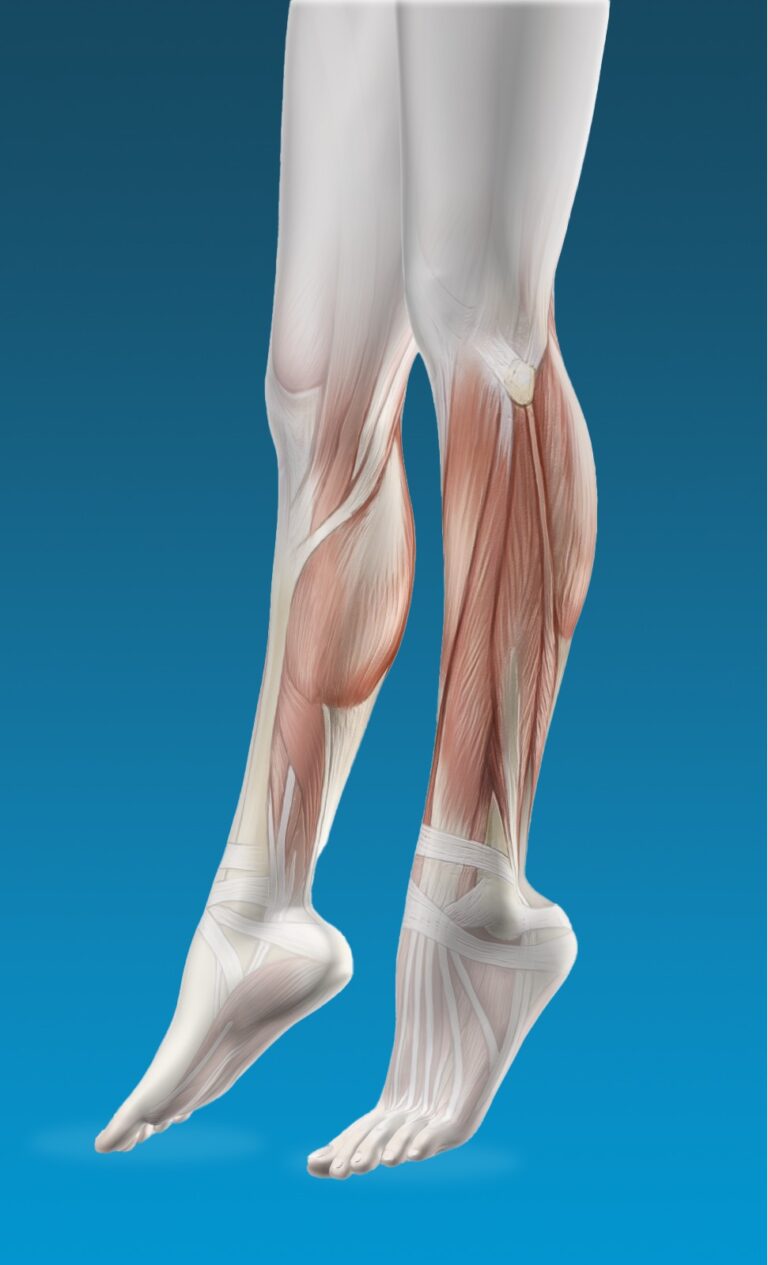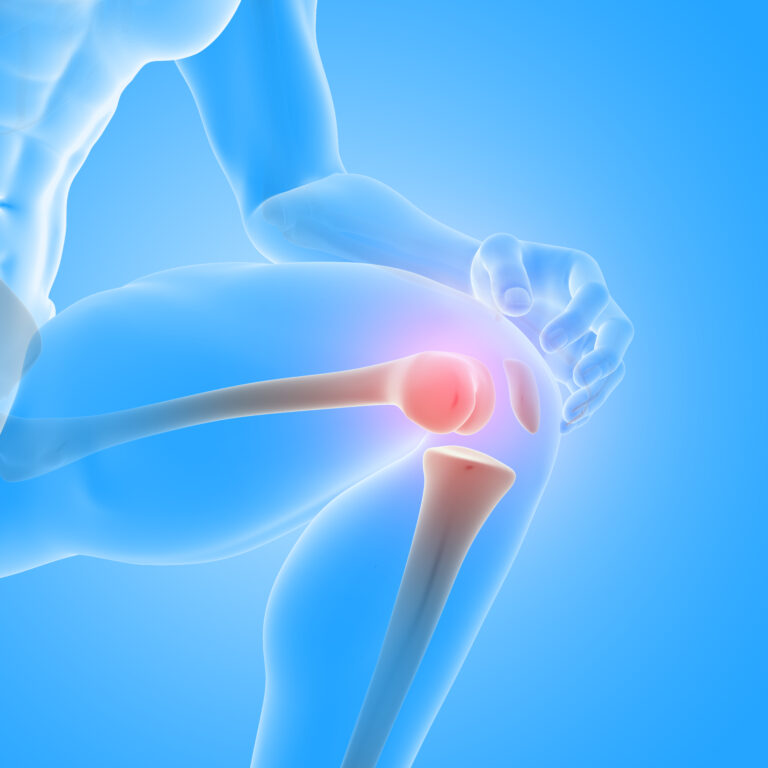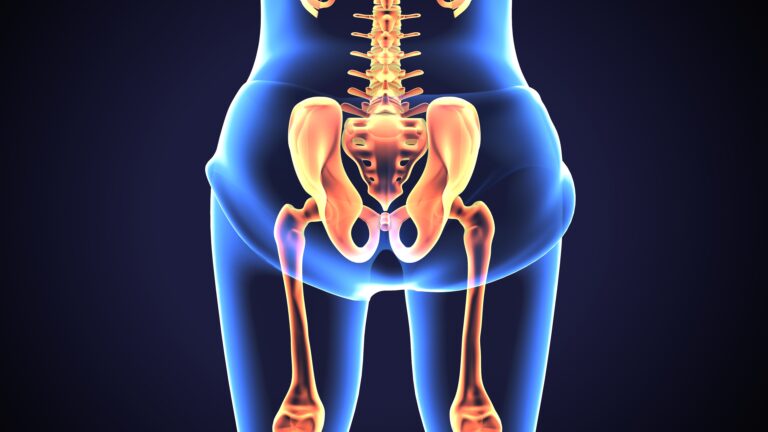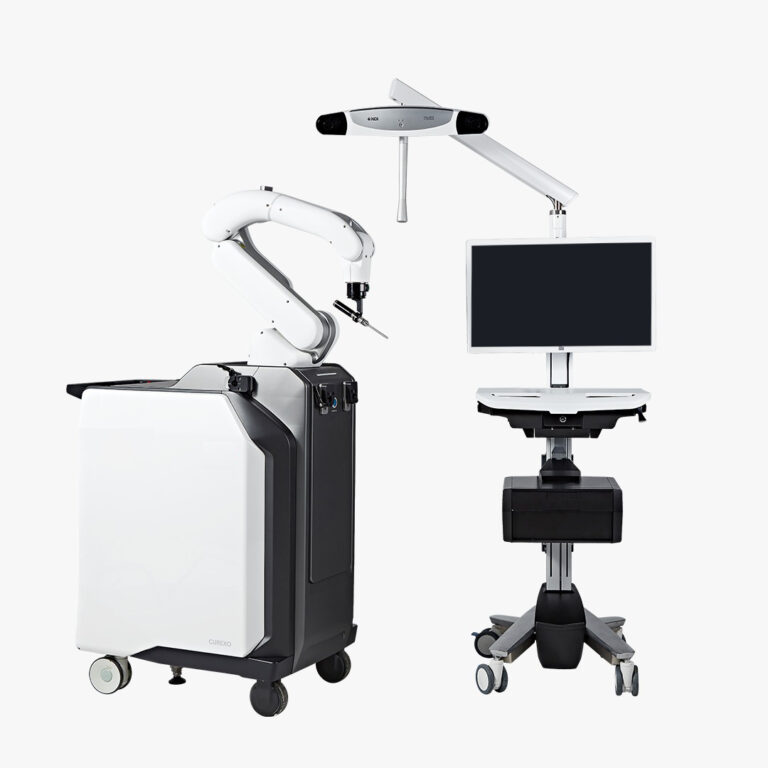
Introduction
Hip labral tears are a common but often overlooked injury, especially in women. The labarum is the cartilage that surrounds the hip socket and helps keep the ball of the thigh bone (femur) securely in place. When the labarum tears, it can cause significant pain, instability, and mobility issues. This condition can occur due to injury, repetitive movements, or degenerative changes over time. Understanding the causes, symptoms, and treatment options is crucial for women who want to manage the condition effectively and minimize its impact on their daily lives.
Overview
Hip labral tears occur when there is damage to the labarum, the cartilage that provides stability to the hip joint. This condition can be caused by trauma, overuse, or structural abnormalities in the hip. In women, labral tears are more common due to anatomical differences, as well as participation in activities such as running, dancing, or sports that involve twisting movements. Symptoms typically include hip pain, especially in the groin or outer hip area, as well as clicking, locking, or instability. Early diagnosis and treatment are essential to prevent the tear from worsening and to ensure proper recovery.
Potential Risks and Complications
- Chronic Pain: If left untreated, a labral tear can lead to ongoing discomfort and limited movement, affecting daily activities.
- Joint Degeneration: Over time, untreated labral tears may contribute to osteoarthritis, as the hip joint becomes less stable and suffers from increased wear and tear.
- Hip Instability: A torn labrum can lead to joint instability, making the hip more prone to further injury or dislocation.
Understanding the Recovery Process
- Conservative Treatment: Non-surgical treatments such as physical therapy, anti-inflammatory medications, and rest can help manage symptoms and improve joint function.
- Surgical Intervention: In severe cases or when conservative methods fail, surgery may be required to repair the labrum. This may involve arthroscopic surgery, where small incisions are made to repair or remove damaged tissue.
- Post-Surgery Rehabilitation: After surgery, physical therapy is essential for restoring strength, flexibility, and mobility to the hip joint. Recovery may take several months, and adherence to rehabilitation guidelines is crucial for the best outcome.
Factors Influencing Outcomes
- Severity of the Tear: Larger, more complex tears may require more intensive treatment and a longer recovery period.
- Timeliness of Treatment: Early intervention can prevent the condition from worsening, leading to a faster and more successful recovery.
- Age and Activity Level: Younger, active women may recover faster with a focus on strengthening exercises, while older women may face a longer recovery period or complications.
- Adherence to Rehab: Commitment to physical therapy and rehabilitation plays a significant role in the success of recovery.
Informed Decision-Making
- Choosing Between Surgery and Conservative Treatment: Women should discuss with their healthcare provider whether surgery or non-invasive treatments would be best for their specific condition, considering factors like age, activity level, and severity of the tear.
- Understanding Potential Risks of Surgery: Surgery carries inherent risks, such as infection or complications, and should be considered only when necessary.
- Exploring Long-Term Management: Women should consider how to modify their activities and lifestyle to prevent future hip injuries and promote overall joint health.
Key Takeaway
Hip labral tears are a significant concern for women, particularly those involved in physical activities that involve repetitive movements or twisting. With early diagnosis, appropriate treatment, and rehabilitation, most women can recover and regain normal function. Both conservative and surgical options are available, and making an informed decision based on individual needs is critical to successful recovery.
Disclaimer
This information is intended for educational purposes only and is not a substitute for professional medical advice, diagnosis, or treatment. Always consult with a healthcare provider for personalized guidance regarding hip labral tears and treatment options.





